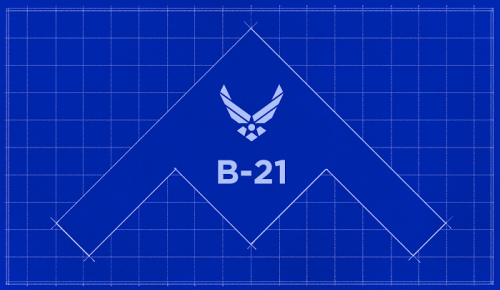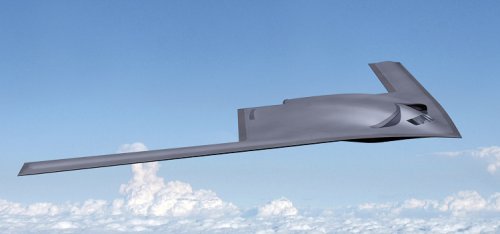- Joined
- 21 January 2015
- Messages
- 12,096
- Reaction score
- 16,233
And here come the politicians.
As I said above the concept I imagine is altered to hide details such as the inlets and outlets not the overall concept.
"I am pleased that after years of delays, we are back on track to acquiring this critical capability. Our nation needs a large fleet of next-generation bombers, so this critical program deserves Congress’ close scrutiny as well as its strong support,” said Rep. J. Randy Forbes (R-Va.), chairman of the House Armed Services’ Seapower and Projection Forces subcommittee in a statement after the release of the B-21’s official designation.
As I said above the concept I imagine is altered to hide details such as the inlets and outlets not the overall concept.













